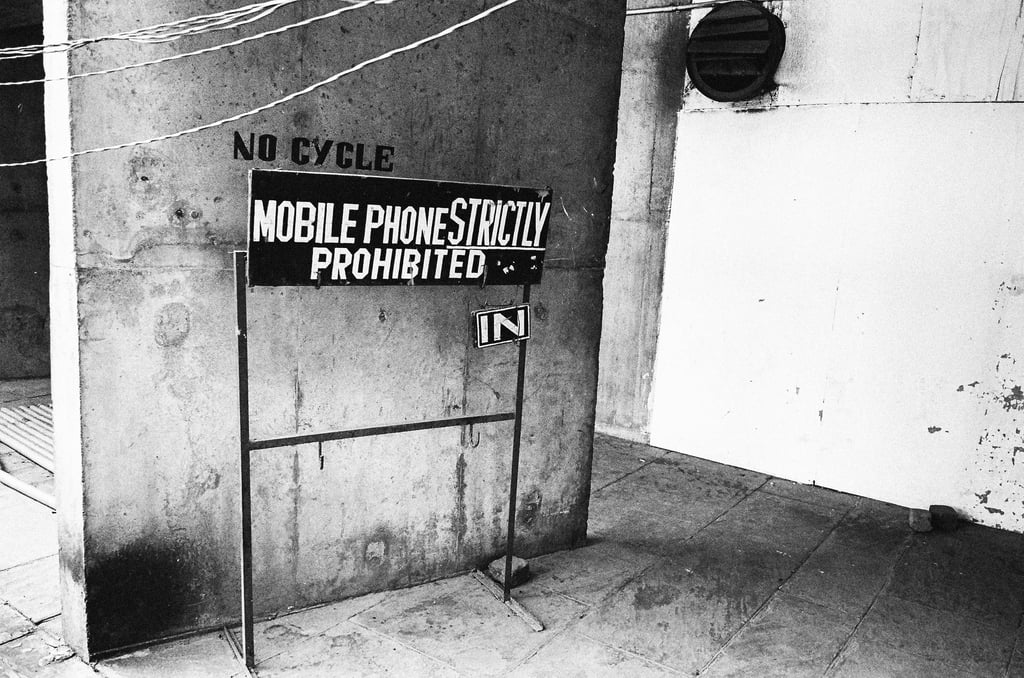
There has never been a more powerful narcotic than the digital device. The allure of gossip, click bait and games designed as devious compulsion loops are hard to resist. And increasingly, we simply don’t. Radio took 38 years to reach an audience of 50 million. Pokemon Go did it in just 19 days. So when is interaction simply addiction?
The first time I visited South Korea in the early 2000s was like stepping off a subway into the future. Long before the iPhone arrived, I saw kids with sleek mobile devices equipped with live TV feeds, darkly lit Internet cafes packed with state of the art online gaming rigs, and a country obsessed with Cyworld, an online social network that had a 90% penetration rate among people in their 20s. Most of that innovation was the result of a government policy to invest heavily in broadband infrastructure. So it was no surprise that South Korea was also the first country in the world to experience the darker sides of hyper-connectivity .
In 2010, a South Korean couple was arrested over the death of their 2-month-old daughter, who starved after her parents left her at home on several occasions for six or more hours at a time. They apparently were busy feeding their virtual baby in an online game. In another incident, a 22-year-old South Korean died of heart failure after playing StarCraft for 50 hours nonstop.
Recognizing the serious risk to mental health, psychologists in South Korea created the ‘K-Scale’ for Internet addiction. The diagnostic survey includes questions on a range of topics, including length of daily use and interference with school work or work, whether the individual has fantasies about being online when not logged in or has tried to restrict their usage and failed, and whether being unable to access the Internet causes depression, anger, or unusual changes in mood. The risk is a real one. It is estimated that over 680,000 children aged between 10 and 19 are now addicted to online gaming in South Korea.
Digital addiction may have started with gaming, but it has moved firmly into the domain of smartphones. As the BBC points out, Asia and its 2.5bn smartphone users provides a reliable stream of smartphone disaster stories, such as the Taiwanese tourist who walked off a pier while checking Facebook or a Sichuan woman who needed to be rescued by fire fighters after falling into a drain while looking at her phone.
Not that smartphone users in the West are any better. A new study from Deloitte found that one in three people checks their smartphones in the middle of the night. And for youth aged 18–24, that number rose to 50%.
A few weeks ago, I interviewed Natasha Schull, a cultural anthropologist and associate professor in the Department of Media, Culture, and Communication at New York University, who believes that the addictive nature of devices is no accident. Smartphones are, in her view, a kind of ‘Skinner Box’, that provides users with intermittent cognitive rewards that keep us hooked.
South Korea, in the end, sought to deal with its online gaming problem by regulating games as if they were a form of alcohol or cigarettes. But in an age of exponentially increasing interactions, it is almost impossible to go ‘cold turkey’ on the digital world, without removing oneself from the actual world.
The problem may be just generational. It is too late for the millennials, no doubt. But maybe the 8-year-olds, for whom the digital world is about as mysterious as electricity and running water, will figure out their own delicate balance.

